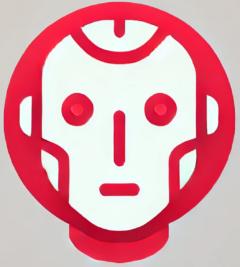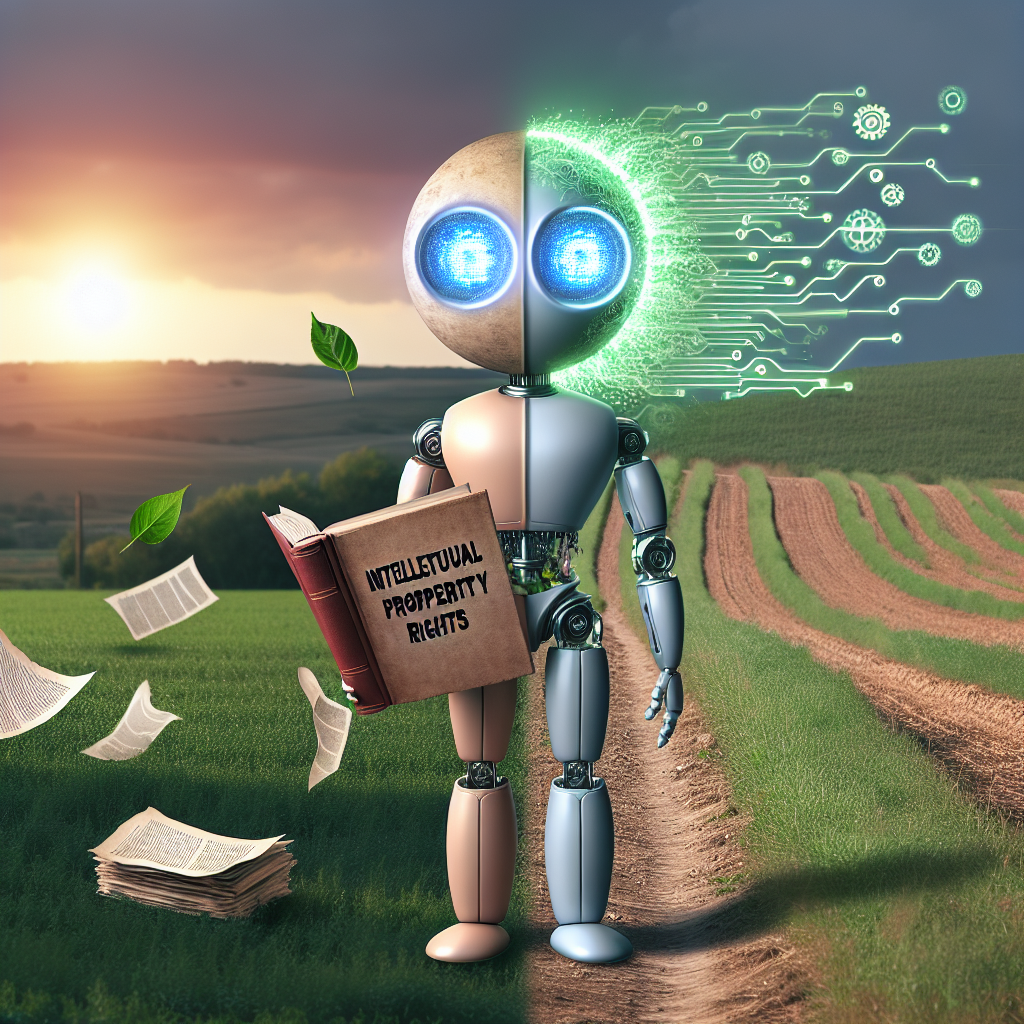AI Transforming Intellectual Property Rights
When British mathematician and cryptanalyst Alan Turing proposed the idea of intelligent machines in the 1940s, he likely never imagined that, decades later, those machines would be writing poetry, generating artwork, and drafting legal contracts. Fast forward to today, and artificial intelligence (AI) is not only creating content but also challenging the very definition of ownership and originality. AI transforming intellectual property rights is no longer speculative—it’s a legal and technological reality forcing lawmakers and creators to rethink the boundaries of innovation.
The Blurring Line Between Human and Machine Creativity
Traditional intellectual property (IP) laws were designed around human creativity. Copyright exists to protect original works authored by humans—books, paintings, songs, and software. But with AI-generated content flooding industries, the criteria of human authorship is being stretched thin.
AI tools like generative language models and automated design software can now produce:
- Novel scientific research papers
- Musical compositions indistinguishable from human-made tracks
- Complex logos and illustrations
This raises pressing questions: Who owns the rights to AI-generated works—the person inputting the prompts, the developer of the algorithm, or no one at all?
Legal Systems Under Pressure
As AI transforms intellectual property rights, legal systems worldwide are struggling to catch up. Various jurisdictions are taking different stances:
- U.S. Copyright Office: Currently does not grant copyright for works created by a non-human entity.
- European Union: Engaged in debates over AI regulation with proposals to attribute token rights to entities that deploy the AI.
- China: Has shown some legal openness to granting copyright to AI works under certain human direction.
This fragmented approach complicates global content ownership, raising concerns over cross-border IP enforcement and creative liabilities.
Impacts on Innovation and Business
AI transforming intellectual property rights is also influencing business decisions. Startups and enterprises relying on AI to generate content, designs, or code must now navigate legal gray areas.
For example:
- A tech company using AI to write code must ensure that the output doesn’t infringe on existing software patents or licenses.
- Media companies deploying AI-generated journalism must clarify rights ownership to avoid litigation or loss of revenue.
Without clear legal guidelines, businesses face increased risks, necessitating proactive IP strategies and legal consultations to safeguard their AI-generated assets.
Protecting AI Innovations Moving Forward
Many experts advocate for a new category of intellectual property tailored to AI. This could include hybrid authorship recognition or a registry system distinguishing AI-generated from human-created works. Some tech law firms already specialize in this niche area, offering tailored services to businesses and individual creators.
For a deeper look into how AI and IP rights intersect and evolve, visit the World Intellectual Property Organization’s AI and IP page.
Conclusion
The era of AI-powered creativity has officially arrived, and lawmakers, creators, and consumers must confront a rapidly shifting terrain. With AI transforming intellectual property rights across jurisdictions and industries, staying informed and agile is vital. While the answers aren’t all available yet, one thing is certain: the definition of creativity—and ownership—is being rewritten in real time.

